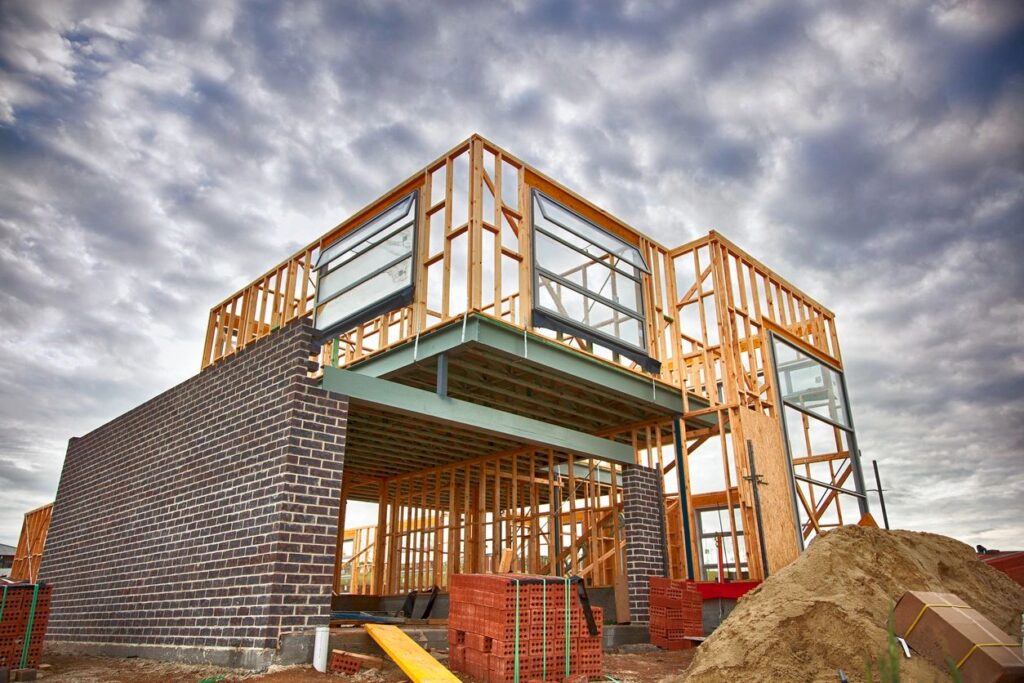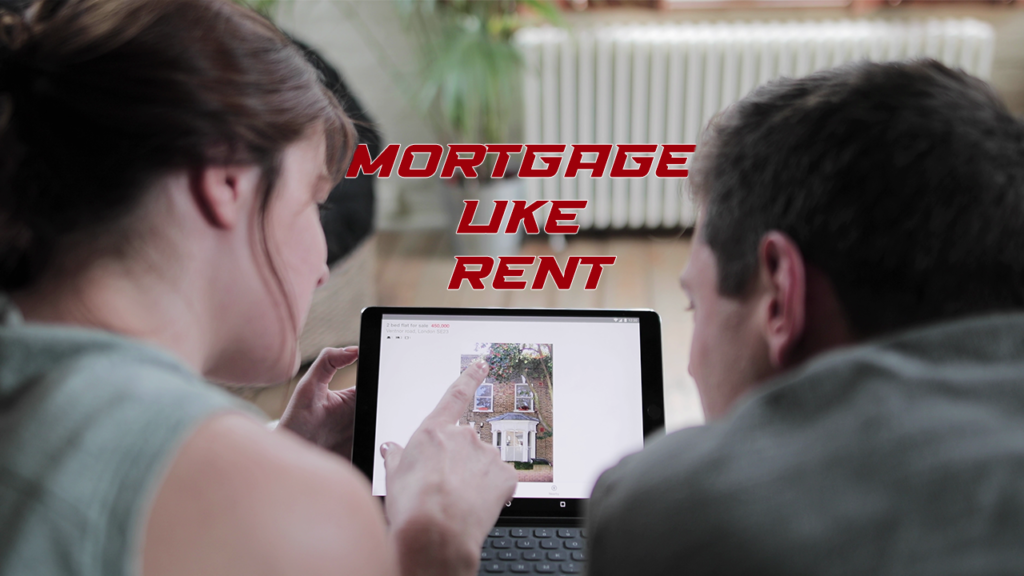
Maintaining your home is essential for preserving its value and ensuring long-term durability. You can protect your investment by addressing key maintenance areas and enhancing its appeal to potential buyers. Here are five types of maintenance that are crucial for safeguarding your home’s value:
- Regular Exterior Maintenance: Exterior maintenance protects your home from the elements and maintains its curb appeal. This includes cleaning gutters, power washing siding, inspecting and repairing roofing, and maintaining landscaping. By keeping the exterior of your home well-maintained, you can prevent damage from water, pests, and other environmental factors.
- Routine HVAC Maintenance: Heating, ventilation, and air conditioning (HVAC) systems play a significant role in the comfort and functionality of your home. Regular HVAC maintenance, including changing air filters, cleaning ducts, and scheduling professional inspections and tune-ups, can improve energy efficiency, prevent breakdowns, and prolong the lifespan of your HVAC equipment.
- Plumbing Maintenance: Plumbing issues can cause costly damage to your home if left unchecked. Regular plumbing maintenance, such as checking for leaks, insulating pipes, and flushing water heaters, can help prevent water damage, mold growth, and other problems. Addressing plumbing issues promptly can save money on water bills and prevent more extensive repairs.
- Electrical System Maintenance: Electrical maintenance is essential for ensuring the safety and functionality of your home’s electrical system. This includes inspecting wiring, outlets and switches for damage, testing ground fault circuit interrupters (GFCIs), and scheduling periodic inspections by a licensed electrician. Proper electrical maintenance can reduce the risk of electrical fires and ensure your home’s electrical system meets current safety standards.
- Structural Maintenance: Structural maintenance involves inspecting and repairing vital structural components of your home, such as foundation walls, floors, and ceilings. Regular inspections by a qualified professional can help identify any signs of structural damage or deterioration early on, allowing you to address issues before they escalate and cause more extensive damage to your home.
In conclusion, investing in regular maintenance is crucial for preserving your home’s value and protecting your investment. By addressing critical maintenance areas, including exterior, HVAC, plumbing, electrical, and structural maintenance, you can ensure that your home remains safe, comfortable, and attractive for years.
































































